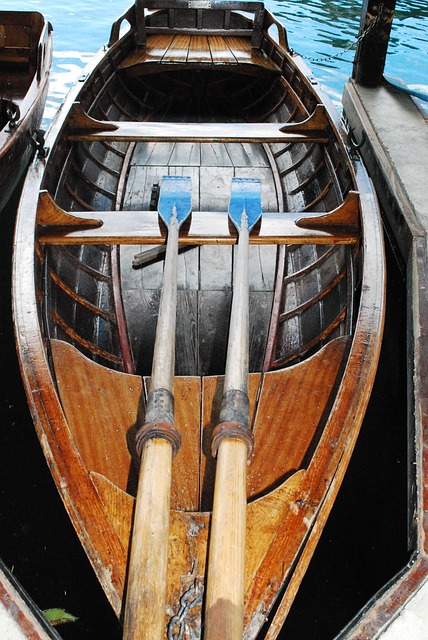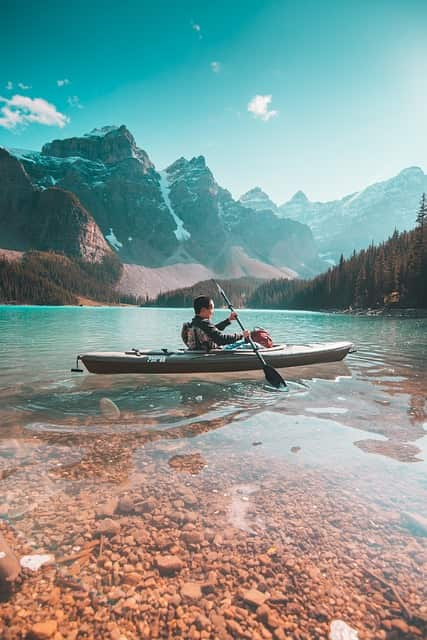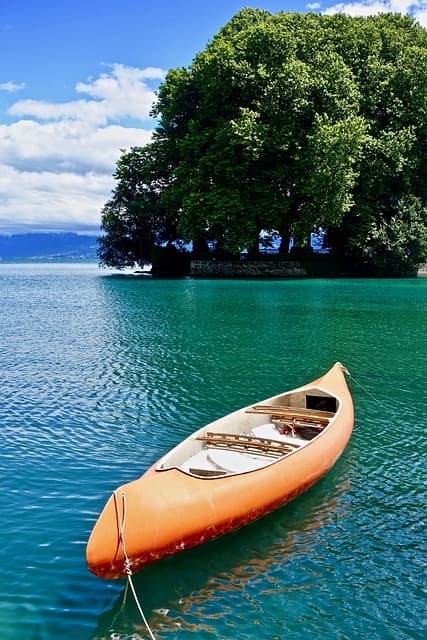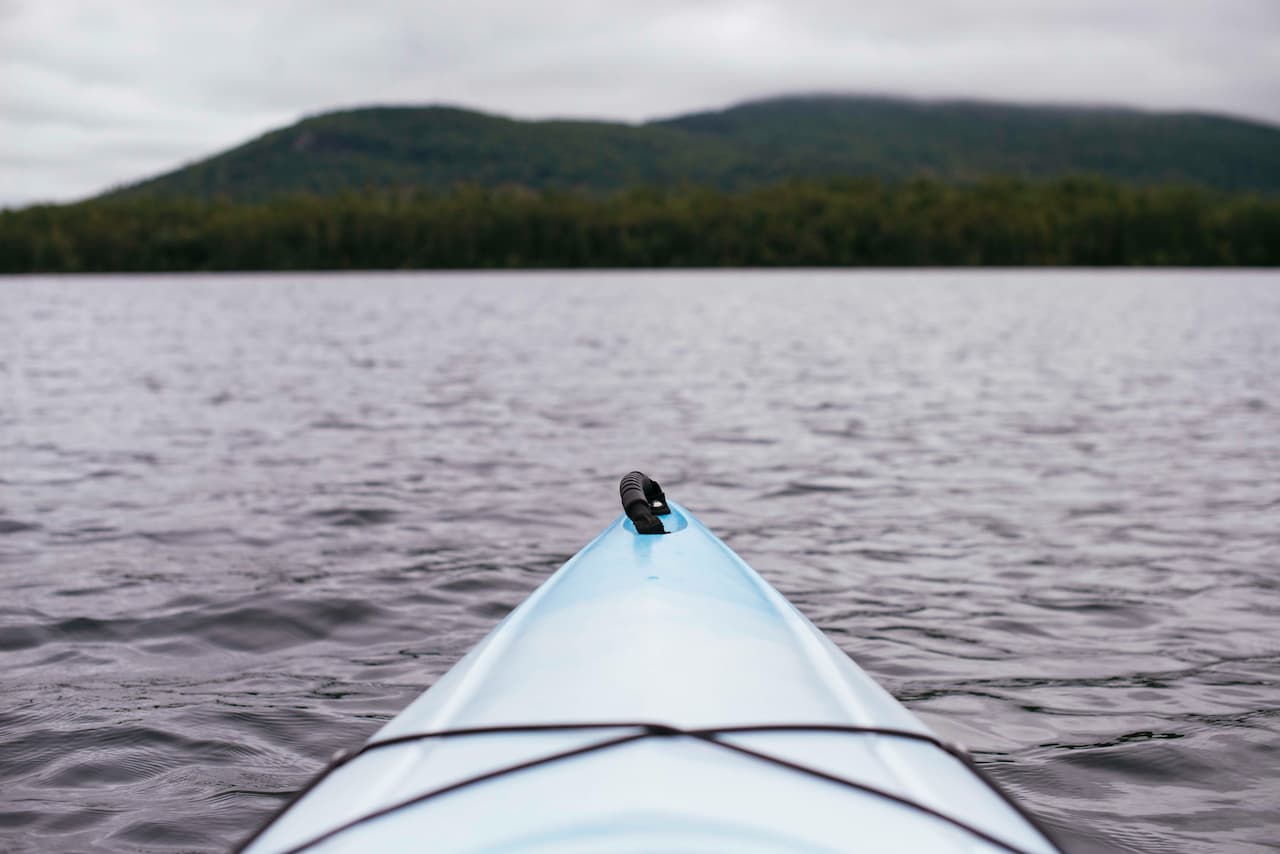Kayaking in Big Sur offers an exhilarating adventure through one of California’s most stunning coastal landscapes, but it also requires careful preparation and awareness. To ensure a safe and enjoyable experience, here are the ten most important things you need to know before setting out on your kayaking journey in this unique and challenging environment.
1. Weather and Ocean Conditions
Before heading out to kayak in Big Sur, it’s crucial to check the weather and ocean conditions. The coastal weather in this region can change rapidly, with strong winds, fog, and high waves presenting significant challenges. Using reliable sources, such as NOAA marine forecasts, will help you gauge the current conditions. Understanding the tide patterns is also essential as they affect the currents and potential hazards along the shoreline. Staying informed about the weather helps you plan your trip for the safest and most enjoyable experience possible.
For places to rent a kayak head to HikingInBigSur.com
2. Kayaking Experience Level
Big Sur’s rugged coastline and dynamic ocean conditions are best suited for kayakers with intermediate to advanced skills. The area’s powerful currents, waves, and rocky outcrops require a solid understanding of sea kayaking techniques and experience in handling rough waters. If you are a beginner, it is highly recommended to join a guided tour. Experienced guides provide the necessary instruction and support, ensuring a safer adventure while helping you build your kayaking skills in a challenging yet controlled environment.
3. Safety Gear
Safety is paramount when kayaking in Big Sur. Essential gear includes a properly fitted life jacket (PFD), which should be worn at all times, and a helmet for protection against potential impacts with rocks or the kayak itself. A wetsuit is advisable due to the cold Pacific waters, and a spray skirt helps keep water out of the kayak. Additional safety items include a whistle or signaling device to attract attention in case of an emergency and a waterproof VHF radio for communication with the coast guard or other vessels.
4. Emergency Preparedness
Being prepared for emergencies is vital. This involves knowing basic rescue techniques, such as self-rescue and assisted rescue methods. Having a first aid kit tailored for marine environments is crucial, including items to treat cuts, hypothermia, and other common injuries. Familiarize yourself with the location of emergency services in the area and have a clear plan for what to do if someone in your group encounters trouble. Carrying a GPS or a marine chart can help you navigate back to safety if conditions worsen unexpectedly.
5. Local Regulations
Big Sur is home to several protected areas and marine reserves, where specific regulations aim to preserve the natural environment and wildlife. Understanding and adhering to these rules is essential. For instance, certain areas might restrict landing on beaches or approaching wildlife. Familiarize yourself with local guidelines, and always respect closed areas and seasonal restrictions. Adhering to regulations not only protects the environment but also ensures that your kayaking activities are in harmony with conservation efforts.
6. Wildlife Awareness
Big Sur’s coastal waters are teeming with marine life, including seals, sea lions, otters, and various species of birds and whales. It’s important to maintain a respectful distance from these animals to avoid disturbing their natural behaviors and ensuring your safety. Sudden movements or loud noises can stress wildlife and provoke defensive reactions. Learning about the local fauna and their habits can enrich your kayaking experience and foster a greater appreciation for the natural beauty of Big Sur.
7. Route Planning
Careful route planning is essential for a safe and enjoyable kayaking trip in Big Sur. Consider your skill level and physical condition when choosing a route. Study maps and marine charts to identify potential hazards, such as rocks, kelp forests, and strong currents. Mark your entry and exit points and establish landmarks to help you navigate. Planning your route also involves knowing the locations of safe landing spots in case you need to exit the water quickly due to changing conditions or emergencies.
8. Paddling with a Group
Kayaking with a group or a buddy significantly enhances safety. In case of an emergency, having others around provides immediate assistance and support. Group paddling allows for shared resources and collective decision-making, which can be critical in challenging conditions. Communicate clearly with your group about the planned route, rest stops, and emergency procedures. A well-coordinated group can respond more effectively to unexpected situations, making the adventure safer and more enjoyable for everyone involved.
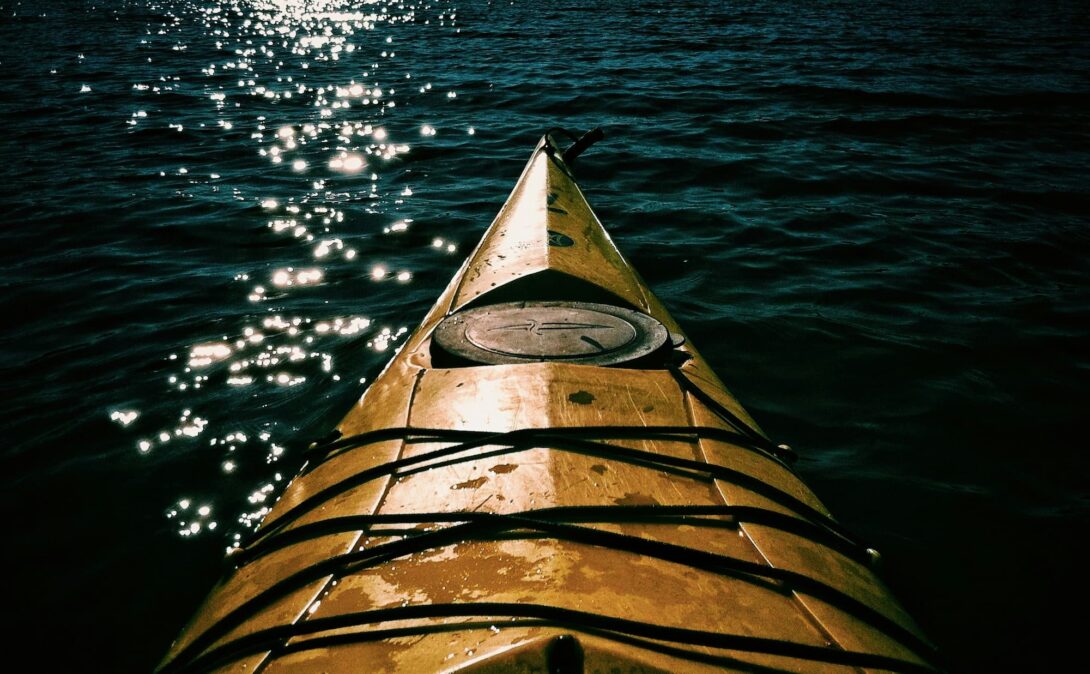
9. Hydration and Nutrition
Maintaining your energy levels and staying hydrated are key to a successful kayaking trip. The physical exertion of paddling, combined with exposure to the elements, can lead to dehydration and fatigue. Bring plenty of water and high-energy snacks, such as nuts, dried fruit, and energy bars. Avoid heavy meals that can cause sluggishness. Pack your food and drinks in waterproof containers to keep them dry and accessible. Staying well-nourished and hydrated ensures that you have the stamina to paddle effectively and enjoy your time on the water.
10. Respect the Environment
Kayaking in Big Sur offers a chance to connect deeply with nature, and with this privilege comes the responsibility to protect it. Practice Leave No Trace principles by taking all your trash with you, minimizing your impact on the environment. Avoid disturbing natural habitats, whether by landing in sensitive areas or approaching wildlife too closely. Respect the pristine beauty of Big Sur by leaving it as you found it, ensuring that future visitors can enjoy the same unspoiled experience. Your mindful actions contribute to the conservation of this extraordinary coastal environment.
